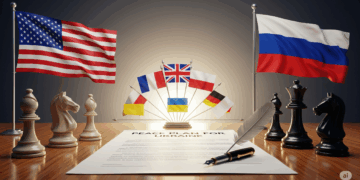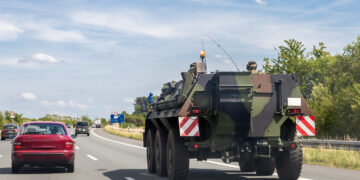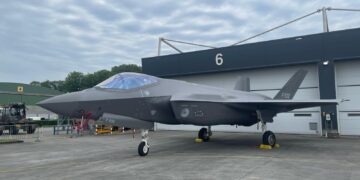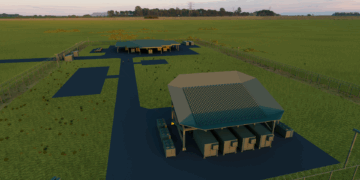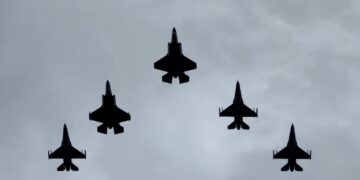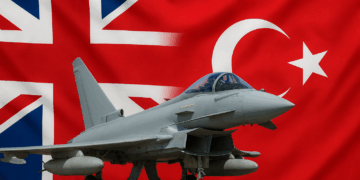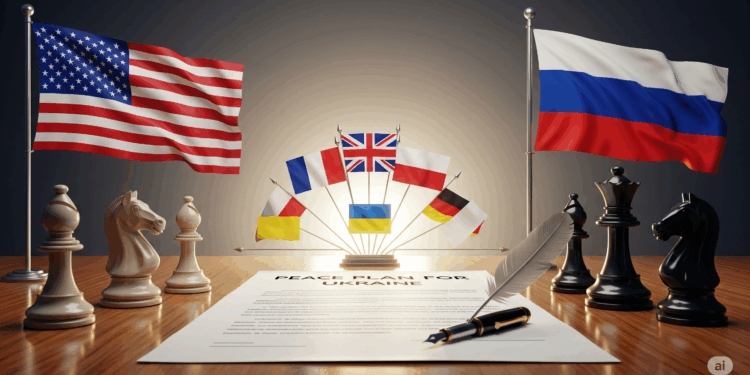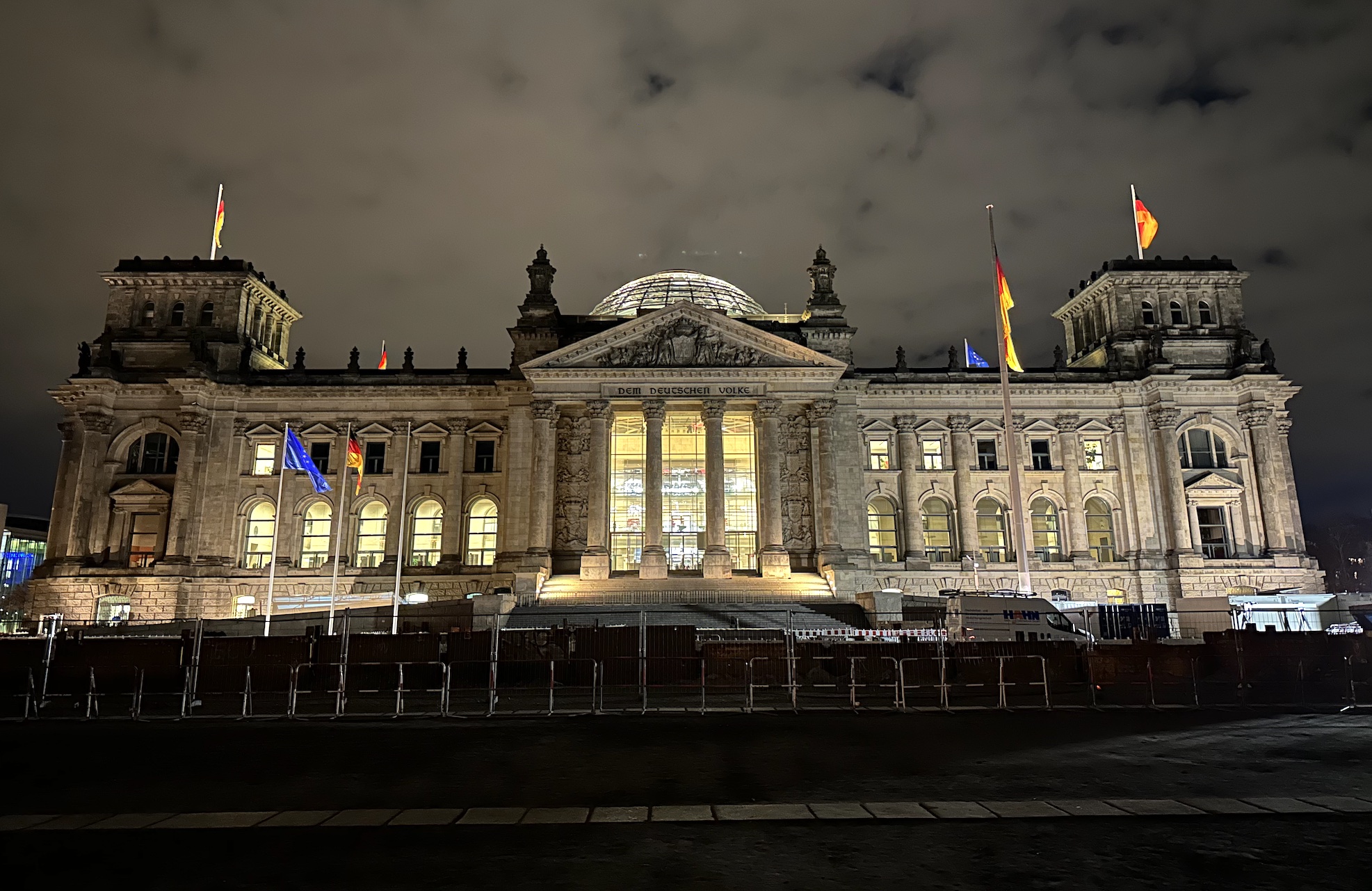When news broke that the latest idea for a peacekeeping mission in Ukraine didn’t come from Brussels, Paris, or Berlin—but from Washington—many in Europe were caught off guard. Former President Trump floated the proposal: European boots on the ground, backed by U.S. air power, logistics, and intelligence. It’s a plan that pushes Europe into the spotlight while letting America play the role of enabler, not occupier. But does it have any real chance of happening?
What’s on the table?
The pitch is straightforward on paper. European countries would send troops to monitor a ceasefire or peace deal, while the U.S. supplies the heavy tools—surveillance, transport, and air support. For Washington, it’s a way to stay involved without putting large numbers of American soldiers in harm’s way. For Europe, it’s a chance to show it can step up as a security actor in its own backyard.
Europe’s mixed signals
Inside the EU, the reactions are mixed. France and the U.K. are pushing a “coalition of the willing,” a flexible group of countries willing to carry the burden. Germany and Poland are seen as pivotal players, though neither has committed. And with some member states reluctant to tie themselves down, the project risks stalling before it even starts.
Moscow’s red lines
If Washington hoped the plan might ease tensions, the Kremlin has made it clear it sees things very differently. Russian officials warn that any foreign troops in Ukraine—even under a peacekeeping flag—would look like NATO by another name. In Moscow’s eyes, such a mission blurs the line between peace enforcement and direct confrontation. The risk: instead of calming the war, it could provoke fresh escalation.
Big promises, hard limits
On paper, U.S. backing adds credibility. Europe still struggles to field the kind of surveillance, transport, and missile defenses that Washington can provide almost overnight. But real-world constraints loom large: Europe’s armies face shortages in ammunition and air defense, and politicians will have to decide if they’re truly ready to station thousands of troops long term in a volatile warzone.
A real possibility—or just rhetoric?
All of this leaves the plan balanced between bold vision and political reality. Without a ceasefire, a peacekeeping mission is a moot point. With one, U.S. support could be the difference between a credible European-led mission and an empty gesture.
Whether this plan marks the start of a path toward stability—or a new round of tensions—depends on Europe’s willingness to lead and Moscow’s decision on whether to resist or relent. For now, the idea is less a peace plan than a political marker: proof that even before a single soldier crosses the border, the struggle over Ukraine’s future is reshaping the balance of power across the continent.
